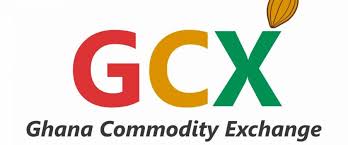GCX Trade Turnover Surges Past GHS 24m in 2024 on Maize and Soybean Contracts
Liquidity on the Ghana Commodity Exchange (GCX) reached record levels in 2024, with trade turnover more than doubling to GH₵24.23 million, driven largely by strong demand for maize and soybean contracts.
According to the 2024 Financial Stability Review, trading volumes climbed 107 percent year-on-year to 5,161 metric tonnes, while the value of executed trades rose 115 percent from GH₵11.29 million in 2023. Settlement values also increased by 113 percent to GH₵23.31 million, reflecting improved liquidity and faster deal execution.
GCX attributed the growth to higher market participation, use of aggregation funds, the introduction of a T+1 settlement cycle, expanded warehouse infrastructure, and stronger trader confidence.
By commodity, maize dominated activity, with traded volumes nearly doubling to 4,604 metric tonnes. Soybeans recorded the sharpest gains, rising 190 percent to 512 metric tonnes, supported by higher demand from processors and export markets.
Price trends followed market fundamentals. Maize prices advanced 34 percent to GH₵4,396 per tonne, while soybeans more than doubled to GH₵8,311 per tonne on the back of export demand and rising input costs. Prices for sorghum, sesame, and rice, however, remained largely stable.
On the infrastructure front, GCX expanded its warehousing network from eight to nine facilities, lifting storage capacity by 9 percent to 6,000 metric tonnes. The warehouses, located across the Ashanti, Bono, Northern, Upper East, and Upper West regions, are expected to enhance market access for farmers and traders while easing liquidity constraints.
In total, 4,898 contracts were executed during the year, representing a 122 percent increase. With a six-year compound annual growth rate of about 14 percent, GCX is consolidating its role in price discovery, market access, and the development of Ghana’s commodities sector.








